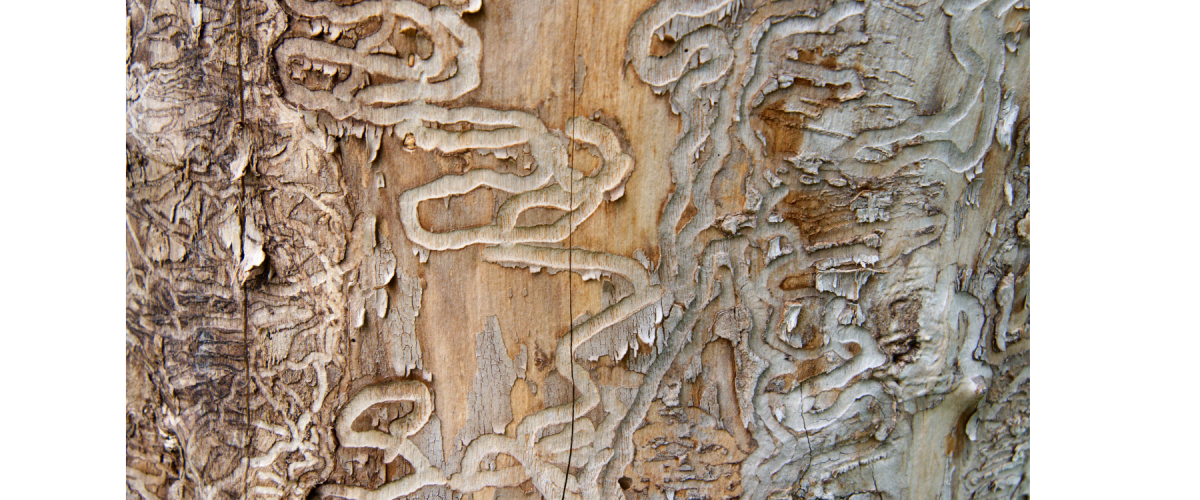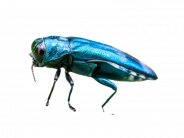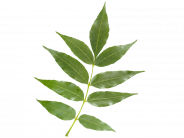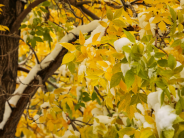Emerald Ash Borer

What is EAB?
From Montana DNRC:
The Emerald Ash Borer (EAB) is an invasive beetle pest native to eastern Asia which threatens significant fiscal and environmental
impacts. While not yet identified in Montana, the beetle has been spreading rapidly across the United States since its introduction. EAB larval feeding disrupts the flow of nutrients and water, effectively girdling (and eventually killing) the tree. This feeding behavior combined with their fast reproduction cycle means that EAB is highly destructive to ash populations.
Ash Trees in Montana
According to the Montana Forest Action Plan, ash trees make up about 1/3 of urban trees and are prevalent in Eastern Montana.
In 2017, the Montana DNRC found the following regarding ash trees in Red Lodge:
- 9.5% of Red Lodge’s community forest is comprised of ash species.
- This population represents 12.7% of all leaf surface area in the community forest, and
- 12.1% ($29,747) of annual environmental benefits.
What Has Red Lodge Done?
In 2021, the City of Red Lodge began working with the Parks, Trees and Recreation board to take more aggressive action on reducing the concentration of ash trees in Field School Park. Six of the trees were growing under utility lines, and their removal was coordinated by Northwestern Energy who will reimburse the City for planting trees that won't conflict with the lines. Counting the tree rings, we found that these park trees are well over 80 years old.
In 2022, we received a grant from the DNRC's Program Development funds with a focus on Resilience and Ecosystem Services. The funding will help remove ash trees that are declining in health and replaced with a variety of resilient species. Wood from the trees will be available for free firewood and as arborist chips for gardeners and landscapers.
Why to look for EAB.
Early detection of the EAB can help slow its spread and prepare for possible economic and environmental impacts of the pest.
How to slow the spread of EAB.
Do:
- Regularly check ash trees on your property or neighborhood for signs of EAB
- Plant other species of trees to help diversify our urban forest
Don't:
- Move firewood long distances from where it was cut



